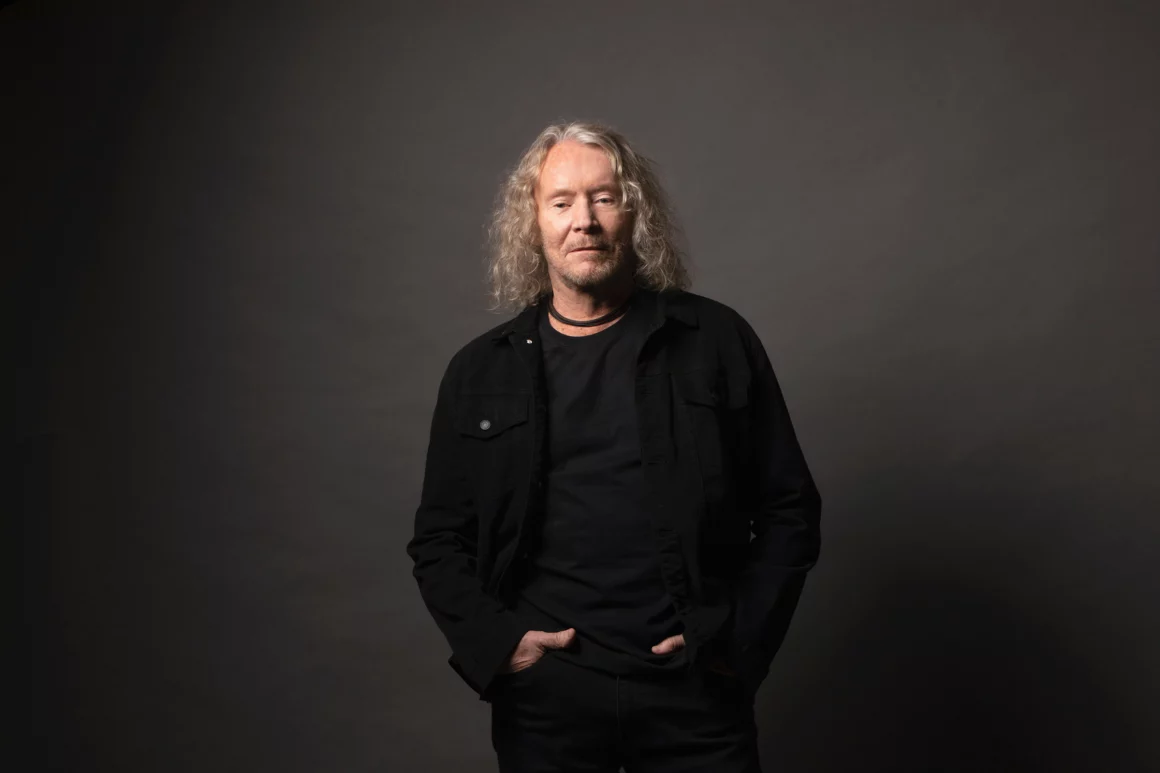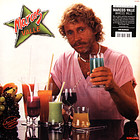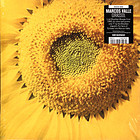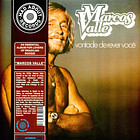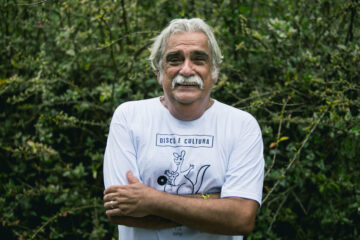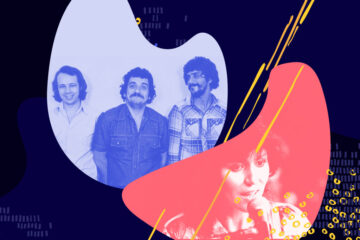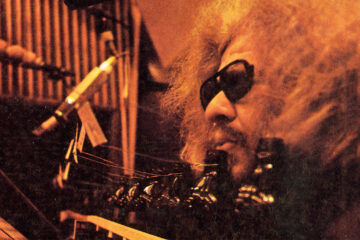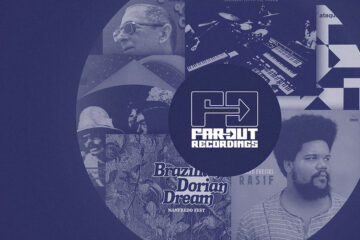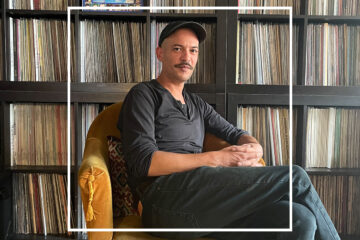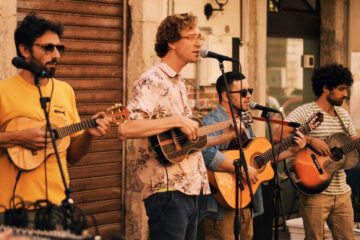Marcos Valle turns 80. At least that’s what it says on the Brazilian musician’s birth certificate. The part-time national hero who, with his tousled surfer haircut, still looks like he’s just given his first rendition of bossa nova. The fact that age doesn’t affect him is not just because he trains every day on the beach in Rio. It also has something to do with the attitude to life that the fruit juice junkie has acquired over the many decades. It’s all about summer, sunshine and what we generally have in mind when we hear the word Copacabana.
A groomed youth grins at us from the cover of his first album, released in 1963. The songs are about broken hearts, the vast sea and radiant sunshine. And they work. When Valle goes on stage, as he is currently doing on his birthday tour, he plays songs written during his 60-year career. Eventually, the curly-haired man becomes famous for playing bossa nova, a style that emerges in the shadow of the statue of Christ in the late 1950s and spreads across the Atlantic from there. Valle, not yet 20 years old, quickly understands the art of selling records. Sing about the bitter-sweet things in life – love, lust, samba de Janeiro – and smile while doing so.
Marcos Valle drops out of law school after he releases his début. Instead of exercising his right to remain silent, he fulfils his duty to sing. In the 60s, Valle composes like a man possessed, while his brother writes the lyrics. »O Compositor E O Cantor« is released, which makes Valle famous thanks to its schlager soul and muzak feeling. Afterwards, he goes on tour in the US as a member of Sérgio Mendes’ band and beats up Hollywood star Marlon Brando for hitting on his girlfriend while he’s playing the bongos.
»I didn’t have any idea how long I would be away from Brazil. I just knew I had to go.«
Marcos Valle
In 1964, the Brazilian military overthrows the government. More than 20 years of dictatorship follows, and many artists flee. Valle wants to stay and sing. »We musicians who were left met regularly to discuss the situation and how we could accelerate the return of democracy through our music,« Valle told Jazzwax in an interview. »My brother and I began to address social issues in our songs. From that point onwards, we constantly had problems with censorship.«
Watch out, danger! Valle raises the yellow flag at the Copacabana with albums like »Previsão Do Tempo«, released in 1973. The samba-tripping lightness may not disappear completely, but anyone who listens notices that Valle finds it hard to face the oppression in his country with good vibes only. In 1975, he finally gets on the plane to New York with a one-way ticket. »I didn’t have any idea how long I would be away from Brazil. I just knew I had to go,« Valle told Sounds and Colors magazine.
The Valle wave never breaks
In New York, Valle reunites with friends like composer Eumir Deodato, but sorely misses the tropical vibes of Rio. He soon moves to the West Coast. In Los Angeles, he sings a Beatles song with Sarah Vaughan and sits down in the studio with Marvin Gaye producer Leon Ware. When Valle flies back to his homeland in 1981, he has master tapes for three albums in his bag along with an idea on how to get the disco balls spinning that have just been hung up for the first time.
Soon after, »Estrelar« is released, one of Valle’s most successful songs to date, with almost six million clicks on YouTube. It combines Brazilian rhythms with the boogie and funk that Ware wrote in his songbook in Los Angeles. His enormous success is short-lived. Music in Brazil changes from the mid-80s onwards. »It became more and more commercial«, Valle said later. »So I stopped recording for the time being, I always said that the right time would come«.
What Valle doesn’t know is that it will arrive from London a few years later. In the 90s, DJs in the British capital play his records. Joe Davis, the British Brazilian music enthusiast from Far Out Recordings, makes a number of long-distance phone calls to get in touch with Valle. With success. The two hit it off, a record is released: »Nova Bossa Nova«, the new bossa nova. From broken beats to deep house, Valle, who is almost 60 years old at the time, does just about everything differently to what he and the old wave stood for.
Related reviews
This »mixture of joy and happiness«, as Valle puts it, saw him land more and more on the DJs’ turntables in the new millennium. Artists such as Kanye West and Jay-Z also sample his early work, which soon find its way into bars and living rooms on the wave of re-releases. Not one to live in the past, however, Valle is not content with a few re-releases. When he’s not strolling along Rio’s beaches or lifting weights, he continues to record. As a result, as many new albums have been released in recent years as during his Sturm und Drang period in the 60s. At the time, Valle was a very young 20 year old, not a year older than he feels today.

